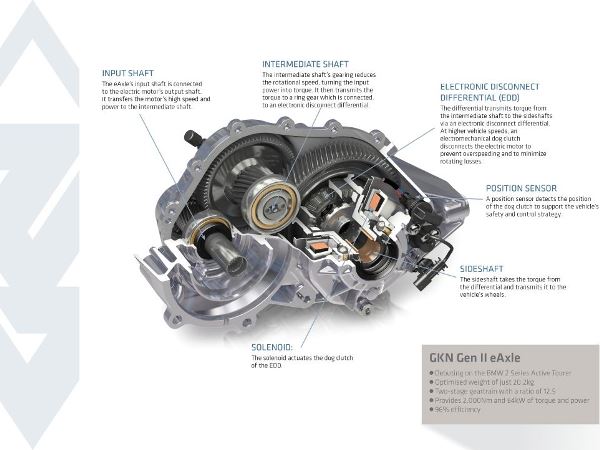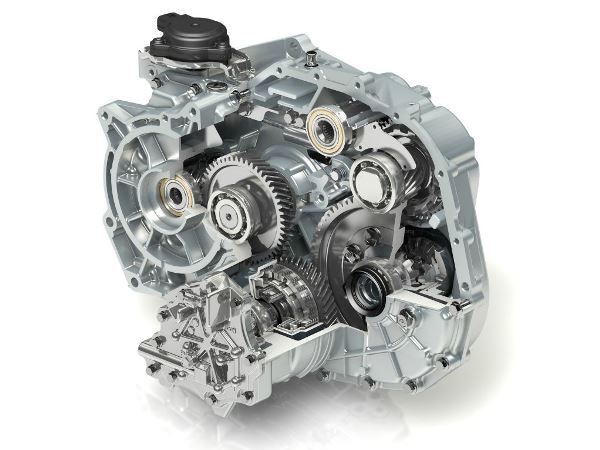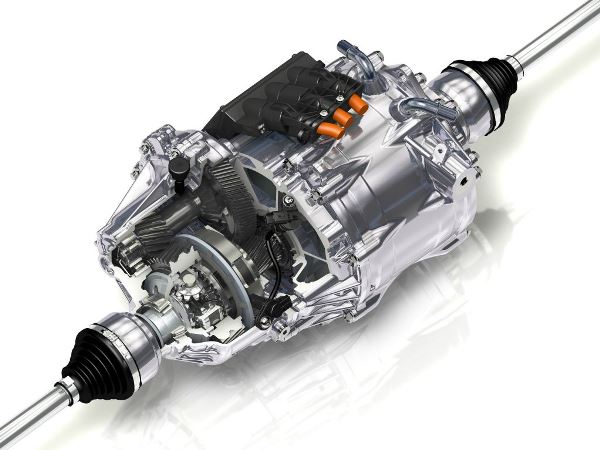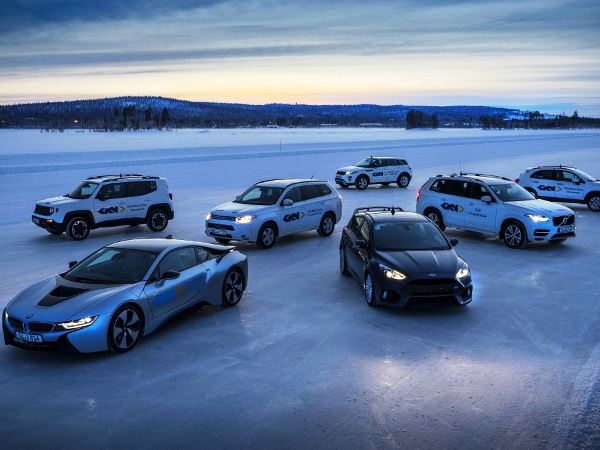
In the relentless march toward higher vehicle fuel efficiency driven primarily by tightening government CAFE (corporate average fuel economy) requirements, the plug-in hybrid is emerging as the advanced powertrain of choice among automakers. Its advantage over conventional gas/electric hybrids is a larger battery pack capable of powering it 15-25 miles (give or take) on electric grid power alone before its internal combustion engine kicks in to share the load. Its primary disadvantage is higher cost due mostly to that bigger battery, plus some additional hardware and software.
Most carmakers who offer hybrids are adding plug-in variants, and the most recent new members of this growing club are the Kia Niro compact crossover and Hyundai Ioniq small sedan, the former a plug-in only (for now), the latter also soon to be available as a (less expensive) conventional hybrid and a (pricier) pure battery electric. And while the latest Chevrolet Volt and BMW i3 are really range-extended electric vehicles with much larger batteries and small engines that fire up to drive a generator to keeps them going on EV power, they’re also often lumped into the "plug-in hybrid" category.
GKN’s turn-key module
In response to this growing market, global auto supplier GKN has developed a complete plug-in hybrid electric powertrain system that it says offers automakers more packaging and assembly options while improving system efficiency. Integrating a water-cooled electric motor with a power inverter and a single-speed "eAxle" electric reduction gearbox, this tightly packaged module will soon become available for automakers to combine with battery packs and their own IC engines in affordable plug-in-hybrids, including compact cars and crossovers.
GKN is a leading supplier of electrified eTransmissions and eAxle drive axles, the latter typically used to transform front-wheel-drive vehicles into cost- and energy-efficient all-wheel drive (AWD) by powering their rear axles on demand. The growing list of vehicles that currently offer GKN eDrive technology includes the Fiat 500e electric, the high-performance Ford Focus RS, the Mitsubishi Outlander, BMW 2 Series Active Tourer and Range Rover Evoque CUVs, the Volvo XC90 CUV and S90 sedan, the BMW i8 plug-in-hybrid sports car and the Porsche 918 Spyder plug-in supercar.
The new integrated eAxle is a smaller, lighter, lower-cost, single-speed evolution of the two-speed unit GKN originally designed for the Porsche 918 Spyder. The complete eDrive plug-in-hybrid module measures just 11.8 inches tall and 12.8 inches wide and weighs 119 pounds. GKN says it delivers a smooth, near-silent electric-driving experience despite significant differences in the "acoustic signatures" of the inverter, motor and gearbox.
“Automakers increasingly want complete eDrive systems from suppliers, rather than sourcing the different elements from different companies," says Peter Moelgg, chief executive of GKN Driveline’s eDrive and AWD business. "GKN leads the industry in eAxle technology, and we want to make plug-in hybrids a simple upgrade for consumers and manufacturers. With our systems now proven in halo hybrid sports-car programs and premium SUVs, automakers are working with us to launch eAxle technology in a much broader range of vehicles."
GKN Driveline chief executive Phil Swash adds that, "a new generation of vehicles is making hybridization integral to platform strategies. These complex drivelines require the higher levels of system integration that GKN eAxle electric drive modules deliver. By pioneering the development of these systems, GKN is positioned to help automakers turn electric propulsion into exciting new hybrid all-wheel-drive experiences.”
Also: Class of 2018 – New Cars Ready to Roll
Under development for 15 years
GKN has been developing eAxle technology for some 15 years and as of 2016 has built more than 300,000 units in Europe and Japan. This new modular system is being finalized for a 2019 debut on a yet-to-be announced global platform from a European vehicle manufacturer.
A GKN Driveline-commissioned survey of German motorists showed that 75 percent considered plug-in hybrids more attractive and practical than conventional hybrids, and 61 percent agreed that an all-electric range of 50km (31 miles) would meet their daily needs. And while nearly all respondents (96 percent) said they are environmentally conscious to some degree, they also agreed that the environment takes a back seat to more practical considerations when it comes to cars. Nearly half (49 percent) said they expect their dealerships to offer plug-in hybrids, and 52 percent said that their perfect car would combine plug-in charging with AWD.
“Drivers are environmentally conscious and like technology to offer clear benefits," Moelgg asserts. "The challenge is introducing eco-friendly technologies that add real value for them. We believe that plug-in hybrids with all-wheel drive make sense – and the public’s positive response to vehicle programs that offer this combination can only continue to grow.”
Torque vectoring advantage
So GKN Automotive is also demonstrating a new "eTwinster" torque-vectoring plug-in hybrid electric drive system that combines the eAxle technologies used in the Volvo XC90 T8, Porsche 918 Spyder and BMW i8 with its twin-clutch torque-vectoring technology, which is featured in the Ford Focus RS and Range Rover Evoque. While making it simpler for vehicle platforms to offer both electric all-wheel drive and torque vectoring, GKN says this system will also make hybrid vehicles more efficient and dynamic.
“We have been building the momentum towards electric torque vectoring for some time." Moelgg says. "We believe our prototype torque-vectoring eAxle system represents the next step forward for the industry: a production-ready way to create higher performance hybrids that are more rewarding to drive.” The eTwinster will join GKN’s family of Twinster technologies designed to meet automakers‘ specific vehicle drive-system needs.
GKN Driveline bills itself as the world’s leading automotive driveline technology and systems supplier serving the world’s leading vehicle manufacturers. It designs, develops, manufactures and supplies an extensive range of driveline technologies for use in a wide variety of vehicles ranging from ultra-low-cost small cars to sophisticated premium vehicles. Operating in 23 countries at 46 locations and employing more than 25,000 people, it is a leading global producer of CVJ (constant velocity joint), AWD, transaxle and eDrive systems.










